The Pivotal BlackFly is one of the rare ultralight eVTOLs that has gone into mass production and is permitted for recreational flight under FAA Part 103 regulations in the US. Weighing under 115 kg, with a single seat and minimalist joystick controls, the BlackFly requires no pilot's license or medical certification; however, the manufacturer requires buyers to complete training before flying independently. The product marks a significant technological milestone for personal flight, although its use is currently limited by regulations.
Commercially launched in 2023 under the Pivotal brand (formerly Opener), BlackFly was discontinued at the end of 2024 to make way for the successor generation called Helix, with a list price of about 190,000 USD (equivalent to 4.5 billion VND).
Tilting body design, fixed wing and 8 propellers
Contrary to the popular image of a “flying car,” the BlackFly is a fixed-wing design with a tilting fuselage, smoothly transitioning from vertical takeoff to forward flight. A cluster of eight electric propellers provides lift and thrust; when the aircraft transitions to forward flight, the wings begin to generate lift, reducing the load on the vertical propellers.
The aircraft has no landing gear. Instead, a curved truss acts as a take-off/landing platform, allowing it to operate on both land and water, giving it basic amphibious capabilities. This approach simplifies the structure while expanding the operational terrain within the framework.
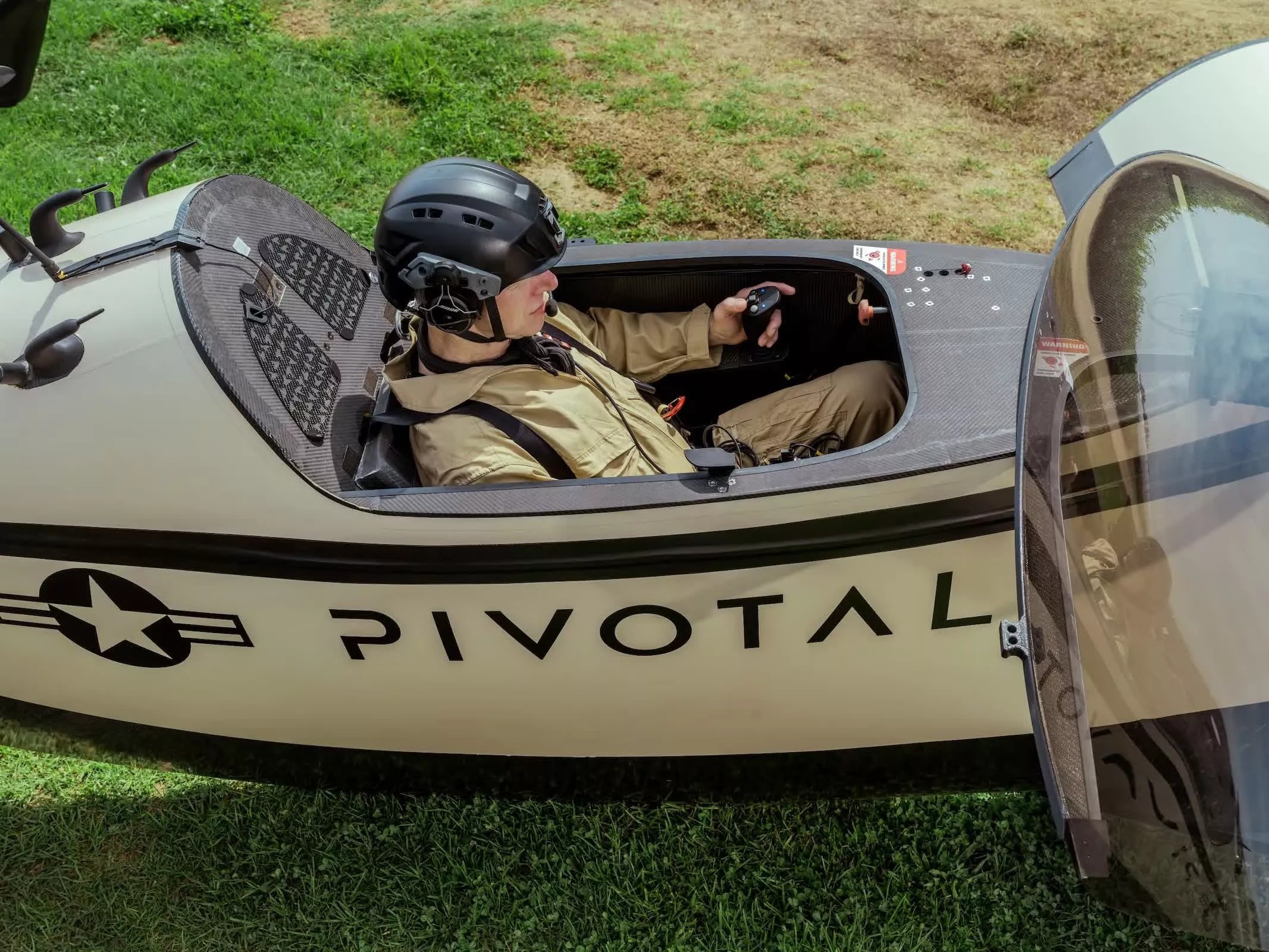
Minimalist cockpit, quick learning with joystick
The BlackFly uses a single joystick to manage most of its flight operations. A joystick switch handles takeoff and landing; horizontal movement controls speed and pitch. With the push of a button, the pilot can switch between two modes: Hover (vertically stable, precise maneuvering) and Cruise (leaning forward for forward flight).
To lower the entry threshold for new users, Pivotal requires all owners to take part in in-house training. At its Palo Alto facility, students practice on virtual reality simulators that incorporate motion chairs that simulate takeoffs and landings. Most students can master basic operations within a few days, the company says; the group of certified users ranges from teens to over 80.

Performance and real-world flight experience
At the heart of the BlackFly is a software-driven navigation, guidance, and flight control system. Onboard computers continuously adjust propeller speed and wing angle to maintain balance, automatically compensating for wind and sudden maneuvers, reducing pilot load. The transition from Hover to Cruise is seamless as the fuselage tilts and the wings begin to generate lift.
In terms of usability, the lack of landing gear requires a landing surface or waterbed suitable for the curved truss. In return, this design reduces mechanical complexity and supports more flexible terrain exploitation within the allowable range.
Safety and assistive technology
The BlackFly incorporates safety algorithms to prevent situations where aerodynamic limits are exceeded that could lead to loss of control. In case of an emergency, the aircraft is equipped with a parachute that deploys from the fuselage to bring both aircraft and pilot to the ground more safely.
Because it is a Part 103 ultralight aircraft, the BlackFly does not require a full pilot’s license; however, its operation is limited: it can only fly in sparsely populated areas, not over cities or highways, and not at night. These constraints position the BlackFly clearly as a recreational aircraft, not a mass urban mobility solution.
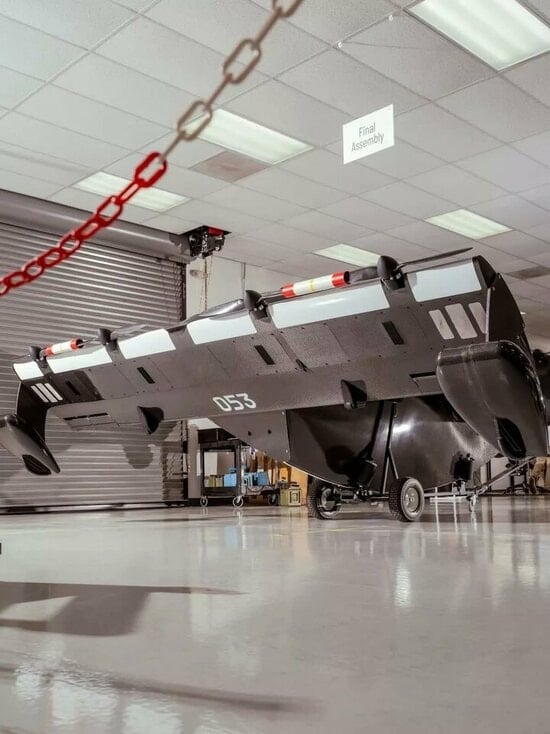
Price and positioning: personal entertainment, different flying taxi aisle
Pivotal has chosen a path that focuses on a piloted personal vehicle, but automates much of the complex aerodynamic control. This is a different approach from many eVTOL startups aiming for fully autonomous flying taxis for commercial purposes. In 2023, the company will change its name from Opener to Pivotal, and by the end of 2024, it will stop BlackFly to focus on Helix – a successor with improved architecture and software, with a list price of about $190,000 (equivalent to 4.5 billion VND).
In the context of eVTOL still being a niche segment, BlackFly becomes proof that digital flight control technology can lower the barrier to entry for individual users, but popularization depends on the legal framework and social acceptance.
Main information panel
| Category | Information |
|---|---|
| Classify | Ultralight eVTOL (FAA Part 103) |
| Weight | Under 115 kg |
| Number of seats | 1 seat |
| Lift/push system | 8 electric fan blades |
| Aerodynamic configuration | Fixed wing, tilt body; Hover/Cruise transfer |
| Control | One-handed joystick; mode switch |
| Landing/taking off | Curved tripod; works on land and water |
| Driver's license required | No (per Part 103); mandatory training from Pivotal |
| Safety equipment | Flight protection algorithm; emergency parachute |
| Production time | Start 2023; stop end 2024 |
| Successor Model | Pivotal Helix, about 190,000 USD (4.5 billion VND) |
Conclude
Strengths
- No Part 103 pilot license required; low barrier to entry (training required).
- Minimalist joystick controls; intuitive Hover/Cruise mode switching.
- Software-controlled flight stabilization; emergency parachute available.
- Amphibious tripod allows for operation on land and water within limits.
- One of the first mass-produced ultralight eVTOLs.
Limit
- Only allowed to fly in sparsely populated areas, no night flights; not suitable for widespread urban travel today.
- Only one place; entertainment purposes only.
- No landing gear; need landing gear that fits on the tripod.
- Discontinued from end 2024; supply shifted to Helix.
Source: TechSpot
Source: https://baonghean.vn/pivotal-blackfly-evtol-sieu-nhe-khong-can-bang-lai-10309013.html



























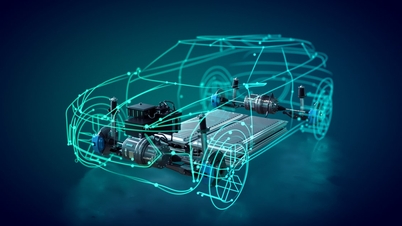






























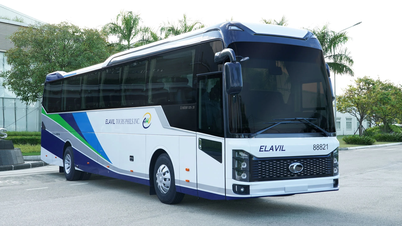
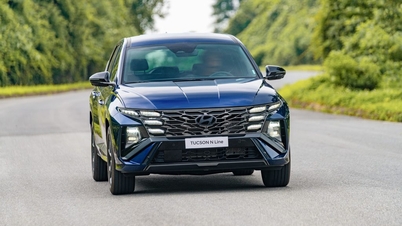
































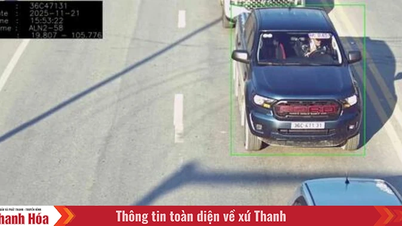


















Comment (0)